How much of a factor is wind?
greatplainsturf
12 years ago
Related Stories

LIFETake Ownership of Your Rental's Green Factor
Just because you rent doesn't mean ecofriendly living is beyond reach. These 16 tips can help
Full Story
GARDENING AND LANDSCAPINGHow to Screen a Seaside Garden From the Wind
Lucky enough to live by the coast? Here’s how to protect your garden and deck from the harsh sea breezes
Full Story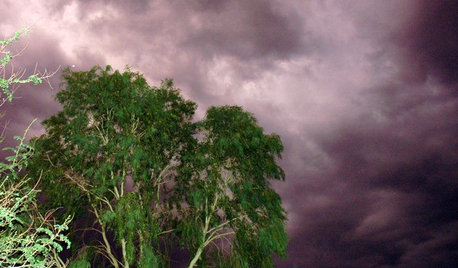
GARDENING GUIDESHow to Get Your Landscape Ready for Summer Storms
Don’t let high winds, dust storms and torrential rainfall catch you or your landscape by surprise
Full Story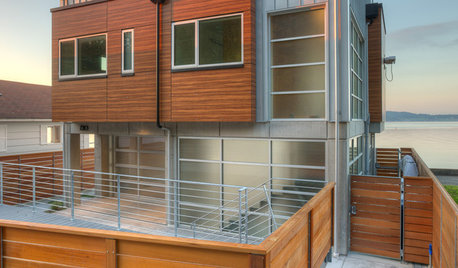
ARCHITECTUREHouzz Tour: Sturdy Enough for a Tsunami
Storms don't scare this Washington state home; breakaway features and waterproof finishes let it weather high winds and waves
Full Story
DECORATING GUIDES5 Ways to Make Your First Home Amazing
Design prodigy Kyle Schuneman scatters rules to the wind and shares his tips for making a first apartment or house stylishly memorable
Full Story
STUDIOS AND WORKSHOPSHow to Set Up a Craft Room
Keep bits and bobs from winding their way into the rest of your home by setting up a designated area for craft projects
Full Story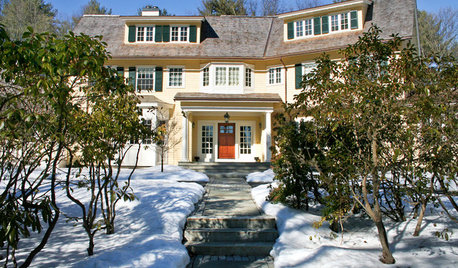
GARDENING AND LANDSCAPINGTake a Winter Walk on the Safe Side
Learn how to handle snow, ice and other cold-weather landscape factors to minimize falls and damage
Full Story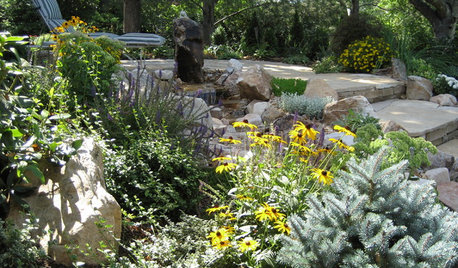
Design in America's Happiest City
Boulder, CO: Homes and Gardens Like These Must Add to the Happy Factor
Full Story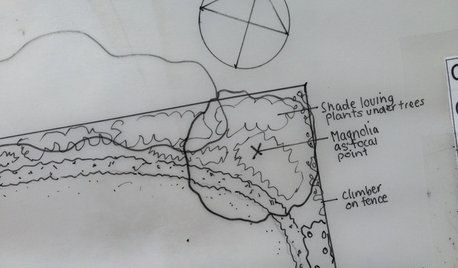
LANDSCAPE DESIGNDesign Workshop: How to Analyze Your Outdoor Site
Getting to know your site is the first step to creating a wonderful garden. Follow this 10-point checklist to get it right
Full Story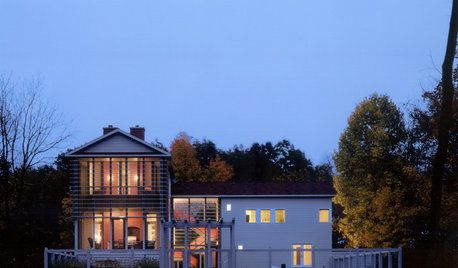
EXTERIORSSteer the Sun and Shade With Louvers
See how louvers on home exteriors and patios help you control the light both indoors and out
Full Story









Smivies (Ontario - 5b)
whaas_5a
Related Professionals
Surprise Landscape Architects & Landscape Designers · Cary Landscape Architects & Landscape Designers · Simi Valley Landscape Architects & Landscape Designers · Taylorsville Landscape Architects & Landscape Designers · Wareham Landscape Architects & Landscape Designers · Wixom Landscape Architects & Landscape Designers · Milford Landscape Contractors · Springfield Landscape Contractors · Eagle Landscape Contractors · Lorain Landscape Contractors · San Benito Landscape Contractors · Vashon Landscape Contractors · West Haverstraw Landscape Contractors · Raytown Landscape Contractors · Castaic Gardeners & Lawn CaregreatplainsturfOriginal Author
whaas_5a
greatplainsturfOriginal Author
scotjute Z8
ken_adrian Adrian MI cold Z5
greatplainsturfOriginal Author
scotjute Z8
ken_adrian Adrian MI cold Z5
greatplainsturfOriginal Author
strobiculate
cryptomeria
ken_adrian Adrian MI cold Z5
whaas_5a